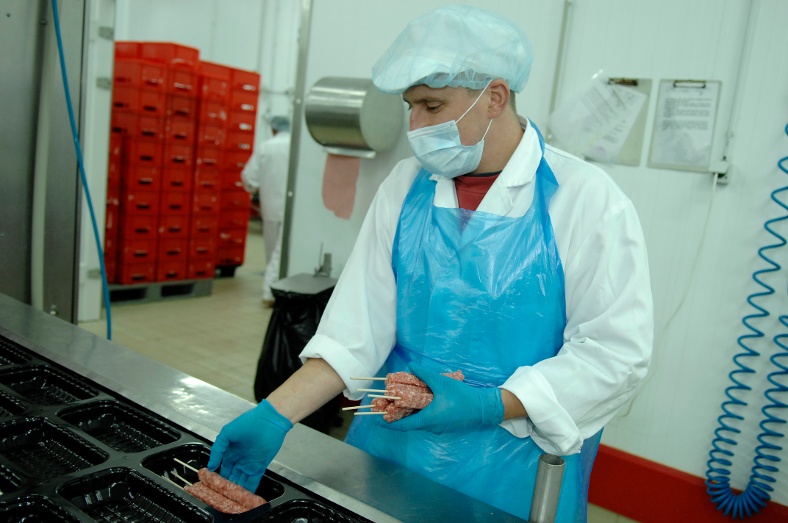You’ve worked hard to source the highest quality ingredients. You’ve taken extra steps to deliver the freshest food to your customers. Your product is packaged – not with harmful chemicals, additives or preservatives – but with safe, food-grade gases. It’s as fresh, and unspoiled as it can be when it goes to the retailer and, ultimately, to the consumer. You’ve done all you can, right?
Not quite.
How secure are your packages’ in their ability to preserve freshness, quality and shelf-life? Are you struggling with proper sealing? Are you checking all of them for leaks? Or have you just conducted random spot checks?
The fact is, if you’re not checking 100 percent of your packages for leaks – part of having a robust food safety plan – you run the risk that your product’s quality and safety will erode before the sell-by date, causing problems for consumers, retailers and, ultimately, your brand identity.
Learn more about how to check your packages for leaks.
Current industry estimates put modified atmosphere packaging leak rates at about three percent. If a processing line runs an average of 120 packages run per minute, in an eight hour shift, over 1,700 of those packages will suffer from:
- Shortened shelf-life
- Increased bacteria growth
- Unappealing odor and flavor
The consequences: wasted product, lost revenue and most importantly, the potential for consumers complaints or even sickness from food-borne pathogens.
But manual testing of all packaging is labor-intensive, and some methods, such as needle testing or water baths, result in wasted time, wasted packaging and even ruined product.
A better alternative is to move to 100 percent, in-line, modified atmosphere packaging leak detection. The newest technology, enables processors to conduct simple, non-destructive tests on all food packaged with tray sealers, flow-packers or thermoforming machines. These systems use sensors to detect the presence of a tracer gas, such as hydrogen, in the packaging gas mixture – typically a blend of nitrogen and carbon dioxide, depending on the product and packaging – to identify even the smallest leaks. These systems can be used for nearly all food product categories and on fresh packed, fresh prepared and ready-to-eat foods.
The benefits are obvious: processors get increased product quality, productivity and security. The best part? Peace of mind.



Comments
Messer makes no warranty of any kind with respect to the subject matter, the completeness, or accuracy of this blog. Messer is not responsible for any actions (or lack thereof) taken as a result of relying on or in any way using information contained in this blog. In no event shall Messer be liable for any damages resulting from reliance on or use of information in this blog. Readers should take advice from a qualified professional when dealing with specific situations. Descriptions of, or references or access to, other publications within this blog do not imply endorsement of those publications. This blog may contain technical inaccuracies and changes to the information may be made at any time.
Gas products are hazardous. The use or misuse of gas products involves serious risks, including injury, disability and death. Users of gas products must use the Safety Data Sheets for the gas products to warn their employees and others who are exposed to the gas products or hazards associated with such products.